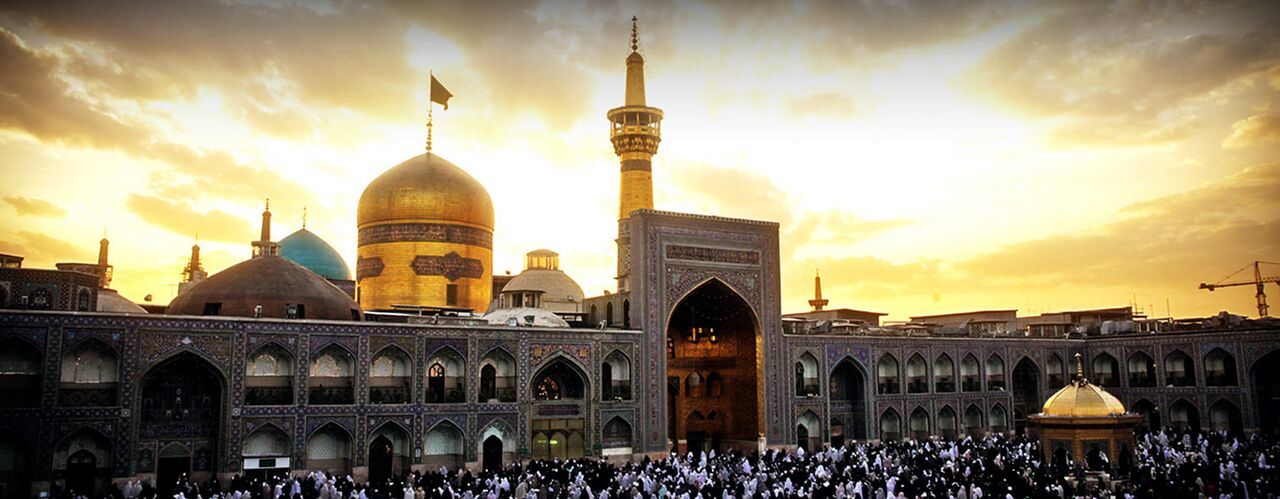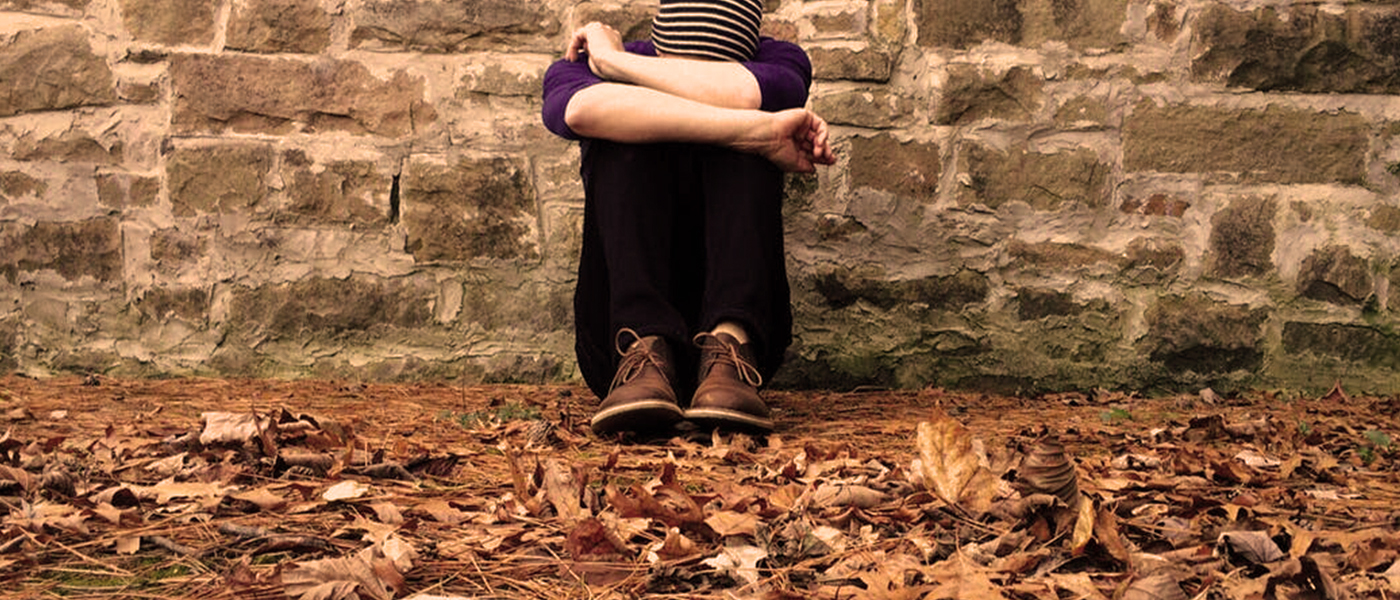

Imam Ridha (AS)
Imam Ridha (AS) is the eighth Shiite Imam. His original name was Ali, and his father’s name was Musa (AS). He was also known the Ra’uf Imam, which means a kind-hearted person. He was born on Dhu al-Qa’da 11th 148 H (765 AC).
Imam Ridha (AS) was the successor of his father, Imam Musa al-Kazim (AS). After Imam Kazim (AS), the Shia community faced several problems:
Firstly, a new deviated branch of the Shias emerged, called “Waghifiah”. Waghfiah believed that Imam Musa al-Kazim (AS) hadn’t died and he was still alive. They said that Imam Kazim (AS) was the promised Mahdi (AS) in Occultation and he would return one day. This rumor spread among the Shias, and many of them struggled with this test, denying the Imamate of Imam Ridha (AS).
Secondly, the situation worsened due to the belief that Imam Ridha (AS) had no living son which implied he had no successor. Those who denied the Imamate of Imam Ridha (AS) considered this as a sign that he was not a legitimate Imam. This was one of the most dangerous tests the Shias faced.
Thirdly, during Imam Ridha (AS) time, the Shia population had significantly increased, and many Shias were engaging in conflicts with the contemporary Abbasid Dynasty government. Abbasid dynasty was consistently hostile towards the Shias, subjecting them to severe oppression, especially during time of Harun ar-Rashid, one of the Abbasid kings in the time of Imam Ridha (AS). To ensure the survival of the Abbasid dynasty, Ma’mun, the successor of Harun, attempted to gain favor with the Shias by falsely declaring Imam Ridha (AS) as his successor. This led many people to believe that Imam Ridha (AS) had a good relationship with the cruel Abbasid dynasty, causing them to deny his Imamate.
Imam Ridha (AS) successfully resolved all these three problems during his time as Imam.
The Problem of Waghifiah
The beliefs of the Waghifiah were actually against the hadiths of Prophet Muhammad (PBUH & HP).
They believed that Imam Kazim (AS) was the last Shiite Imam and the promised Mahdi (AS).
However, Prophet Muhammad (PBUH & HP) had foretold that there would be twelve successors (Imams) after him:
Indeed, this religion will not end until twelve successors [of me] rise among the people. (1)
Based on this and similar hadiths, Imam Ridha (AS) refuted the beliefs of the Waghifiah.
the Son of Imam Ridha (AS)
After a while, Imam Jawad (AS), the son of Imam Ridha (AS) was born. Now people could see that Imam Ridha (AS) have a legitimate successor, and their doubts were unfounded. About Imam Javad (AS), Imam Ridha (AS) said:
No more blessed child than this boy has been born for the Shias. (2)
The birth of Imam Javad (AS) served as a proof of Imam Ridha’s (AS) Imamate.
The secession of Ma’mun
Ma’muns’ policy concerning Imam Ridha (AS) aimed to deceive the Shias, and it did deceive some of them. However, Imam Ridha (AS) had his own strategy. Initially, he refused Ma’mun’s proposal to become his successor. Still, Ma’mun forced Imam Ridha (AS) to accept it, threatening to kill him otherwise.(3) Therefore, Imam Ridha (AS) accepted under conditions. Imam Ridha (AS) said:
I accept your proposal under the condition that I can’t command or prohibit anyone, I won’t be the Judge, I won’t appoint anyone to be a ruler or to depose one. I won’t change anything. (4)
Ma’mun accepted these conditions, but he didn’t realize that this demonstrated would Imam Ridha’s (AS) disagreement with his plan. By making this condition, accepting Ma’mun’s proposal was no different from rejecting it. After a while, Ma’mun understood that he couldn’t use Imam Ridha (AS) to deceive the Shias, so he decided to kill Imam Ridha (AS), and he did.
Imam Ridha (AS) was poisoned by Ma’mun on Safar 30th, 203 H (818 AC).
Resources
- Sahih al-Muslim, Muslim an-Neishaburi, vol.3, pg.1452
- Al-Kafi, Sheikh Koleini, vol.1, pg.321
- I’lal ash-Shara’I, Sheikh Saduq, pg.238
- I’lam al-Vara, Sheikh Tabarsi, vol.2, pg.72
Share This Article

What Are the Solutions to Depression and Stress in Islam: Part3
In the two previous parts of the solutions to depression, we introduced some of the recommendations on how to avoid anxiety and stress in Islam. Those examples included both spiritual and material advice. And they show that Islam considers the existence of human beings as a whole. That is why Islam has forbidden the unlawful (Haram) “temporary solutions” of relieving stress and emotions (like starting a dangerous relationship or spending the time in bars, etc.). Since in those cases, one usually gets nothing for what he\she spends.
Avoid Whatever Damages the Mind and Soul
Many people try to keep up with the newest standards of body hygiene to prevent various diseases. The same should be done for the mental hygiene. Much effort is needed to have a healthy soul and prevent disorders like depression, anxiety, stress in Islam, etc.
Some approaches to reduce depression act like an immediate treatment. The problem with those solutions is that they give a good feeling at the beginning. It normally does not last long and later on results in adverse effects. So, one should avoid whatever undermines the consciousness or causes deeper depression. These are:
All the Intoxicant:
Whatever destroys one’s mind and deprives him of the ability to thinking and reason is a sort of intoxicant, then, must be abandoned [1];
Drinking Alcoholic Beverages
Alcohol is harmful and adversely affects the mind and the body. Imam Reza (AS) said that God has prohibited drinking alcoholic beverages since they contaminate the mind [2];
An Ignorant Companion
Spending a lot of time with such a person will destroy the wisdom [3] and misleads whoever he/she interacts with;
Overeating
Eating too much will degenerate one’s mind and weaken the thinking power [4,5]. According to Islamic teachings, overeating turns one to a weak-willed, sleepy, stupid person [6];
Idleness and Inaction
Wasting time and doing nothing in life corrupt the mind [7];
Joking and Laughing Excessively
Making jokes and laughing too much causes one to seem stupid [7].
Moreover, anything that causes one to forget God and weakens one’s faith acts like a poison that darkens one’s soul:
Assuming to Have a Long Life
The one who thinks that will live a long life and forget about his/her death insists on his/her mistakes and cannot catch up. Since he/she supposes that there are still many chances to compensate. This clouds his/her heart and soul [8];
Useless Conversations
Vain conversations and hostility with others will weaken the soul [9];
Owning vast fortune such that the owner becomes too busy with them and forgets about God and his\her religious duties
Having such great wealth can harden the heart [10];
Keep on Doing Sins
Whoever does a sin several times and repents each time but does not stop committing that sin, is known to mock God [11]. It is also said that repeated sins seal and kill the heart [12];
Associating with Those Who Have Gone Astray
To spend time with those who are lost in their lives and oppose the divine guidelines, will mislead one to the wrong path [9].
Not Keeping the Gaze Down
Looking freely at any scene and anybody, especially non-Mahrams, causes anxiety and inquietude. Looking at a beautiful flower, for example, might take only some seconds but its smell and beauty stays in our mind longer. The same thing happens when looking at another person; especially due to the emotional impacts that men and women have on each other.
Staring at a non-Mahram will busy one’s mind with different thoughts for some time. It might also stimulate his/her feelings. Repeating these looks will cause one to get distracted and lose control in his/her mind. Also, it disturbs his/her inner peace and causes mental problems [13]. That is why Imam Ali (AS) said: “Whoever keeps the gaze down, relieves” [14].
References:
- M. al-Kulaynī, “Al-Kafi”, vol. 6, p. 412.
- S. H. al-Amili, “Wasail al-Shia”, vol. 25, p. 329.
- Karajaki, “Kanzul Fawaid”, vol. 1, p. 199.
- H. T. Nuri Ṭabarsi, “Mustadrak al-Wasail”, vol. 16, p. 458.
- M. B. Majlesi, “Bihar al-Anwar”, vol. 63, p. 72.
- N. Makarem Shirazi, “Tafsir Nemooneh”, vol. 6, p. 153.
- “Ghurar al-Hikam wa Durar al-Kalim”, p. 222.
- Ibn Babawayh, “Man la yahduruhu al-Faqih”, vol.4, p. 366.
- Ibn Babawayh, “Al-Khisal”, p. 228.
- M. al-Kulaynī, “Al-Kafi”, vol. 2, p. 300.
- M. al-Kulaynī, “Al-Kafi”, vol. 4, p. 168.
- Sheikh al-Mufid, “Al-Amali”, p. 83.
- stress in islam
- M. Reyshahri, "Mizan al-Hikma," T. 6141".
Read More

What Responsibilities Do I Have towards Myself? Part 2
One of the significant aspects of responsibility in Islam is the responsibility towards ourselves and how we treat our bodies and souls. As discussed previously, every Muslim is responsible towards himself.
Since human beings owe their existence to their unique Creature, they should treat themselves as their Creator has commanded. The spiritual responsibilities of a human towards him\herself and some of the duties that one has towards his\her body were discussed in the previous part of this topic. Here, we continue the discussion on the rights of the parts of the body.
The Rights of the Eyes as Your Responsibility in Islam towards Yourself
The eyes are the means of insight and awakening of the heart. Imam Ali (AS) said that a faithful person looks to learn, but a hypocrite looks to amuse [1]. Thus, of the rights of the eyes and one's responsibility in Islam towards them is to lower the gaze from whatever that is unlawful (Haram) and not to look at everything and everywhere around, unless there is a lesson or advice behind [2]. According to Imam Ali (AS), whoever closes the eyes from Haram, his\her heart will be relieved [3].
The Rights of the Legs
The legs are the means to walk towards the right path and to overtake others in doing good deeds. Hence, of the rights of the legs over one and the responsibility in Islam towards them are not going towards what is unlawful (Haram) or what humiliates him\herself [2].
The Rights of the Hands
Of the rights of the hands are not to do what is unlawful (Haram) with them, otherwise one will be punished in the Hereafter for what has committed by his\her hands, and will be blamed by others in this world; not to prevent the hands from doing what God has commanded to; and, to allow the hands to seek what is beneficial and useful for one [2].
The Rights of the Stomach
Of the rights of the stomach are [2]:
To be careful about what you eat (80:24);
Not to eat what is unlawful (Haram), neither a little of it nor too much;
Not to consider the stomach as a container and not to overeat while ignoring others who suffer from hunger; “eat and drink, but do not waste” (7:31);
To eat moderately even when eating lawful (Halal) foods because eating less is the key to good health [4];
Not to forget that overeating makes one bored and lazy and stops him\her from doing good deeds. According to Imam Ali (AS), to eat less enlightens the mind [5];
To remember that drinking too much will also cause indiscretion and absurdity;
The Rights of the Private Parts
Of the rights of the private parts are to protect them from what is unlawful (Haram). To do so, one requires lowering the gaze since the eyes affect the heart and mind greatly. Also, one should frequently remember the death and the afterlife. He\she should always have a fear of the divine punishment and ask God to help him\her to protect his\her private parts from sins [2].
The Physical Rights of the Body as the Responsibility in Islam towards Oneself
Every human being is composed of a body and a soul. These two, together, help one to live a natural life. The health of the body is as important as the health of the soul. Devoting everything in life to prepare for the afterlife and depriving oneself of the God’s blessings in this world is blamed in Islam. In Surah Qasas verses 77, Muslims are advised to apply the capabilities and wealth that they have been given to do good deeds and to gain rewards for the afterlife.
But, they should also consider and benefit from the blessings of this world (28:77). Indeed, it is possible to consider both the physical needs as well as spiritual ones simultaneously. Although fulfilling the physical needs is known to be important in Islam, one should keep a balance in life and avoid being luxury-oriented. Otherwise, he\she will always be busy to increase his\her wealth, and this might force him\her to unlawful (Haram) ways of raising money.
References:
- S. al-Harrani “Tuhaf al-Uqul”, p. 212.
- Imam Sajjad (AS), Treatise On Rights (Risalat al-Huquq).
- “Ghurar Al-Hikam Wa Durar Al-Kalim”, T. 9122.
- S. al-Harrani “Tuhaf al-Uqul”, p. 172.
- “Ghurar Al-Hikam Wa Durar Al-Kalim”, T. 8462.
- M. B. Majlesi, “Bihar al-Anwar”, vol. 78, p. 321.
Read More

